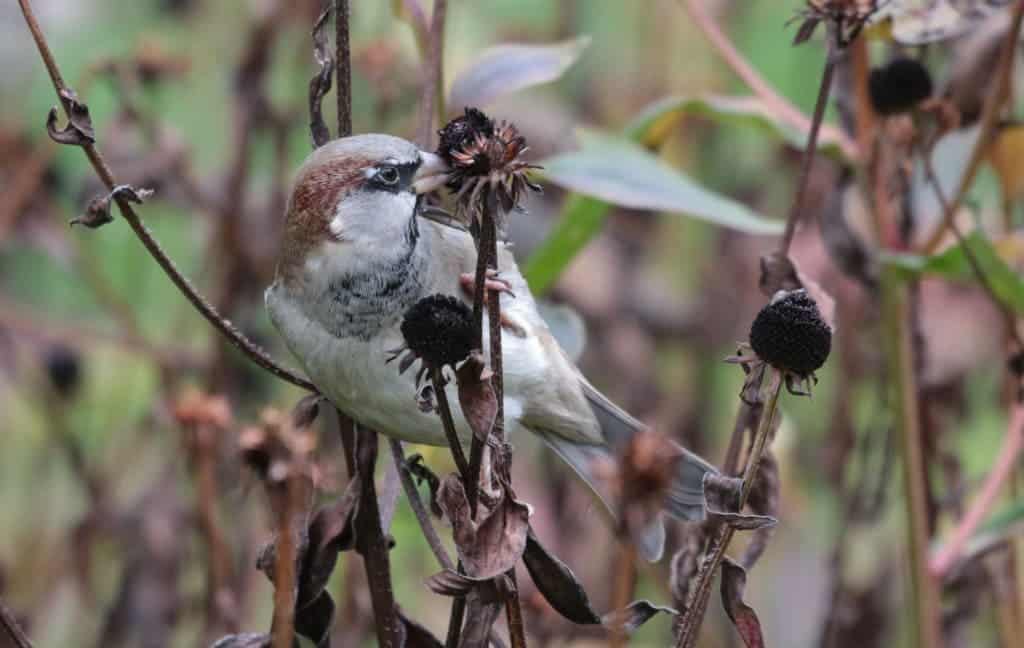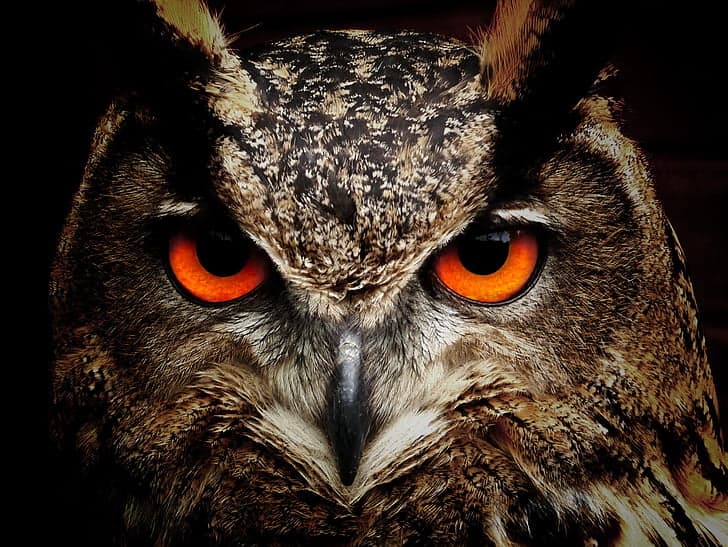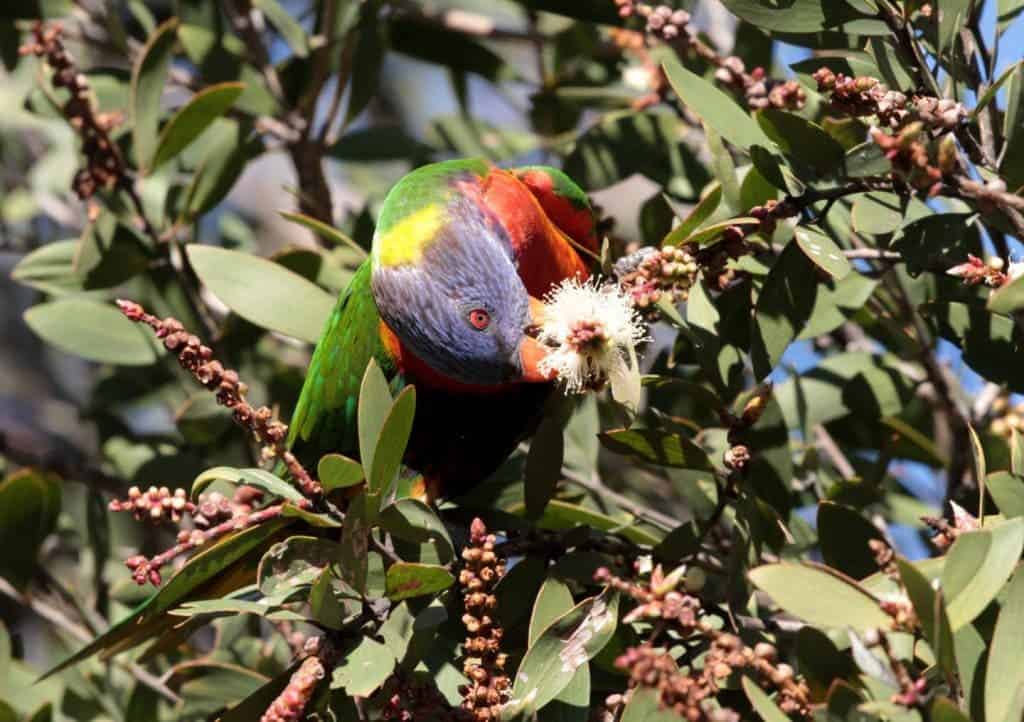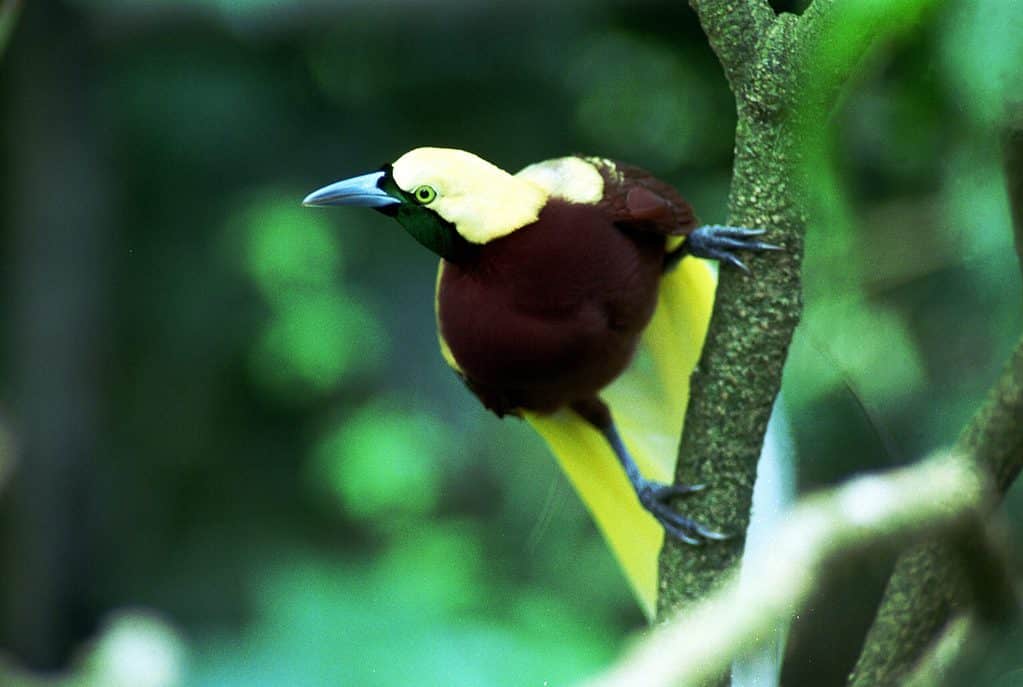
Birds are a ubiquitous presence in our lives, from the chirping sparrows outside our windows to the majestic bald eagles soaring overhead. But how many birds are there in the world? The answer, it turns out, is more complex than you might think.
The consensus among ornithologists is that our planet is currently home to between 9,500 and 11,000 species of birds, making them one of the most abundant types of creatures in the world.
Concerning the size of all bird populations, the most recent estimate — which involved big data analytics and artificial intelligence — pegs the number of individual birds at around 50 billion. About six birds are chirping and flapping their wings for every human. This estimate doesn’t include farmed animals, such as chickens, which numbered nearly 35 billion in 2023.
Birds: a treasure of biodiversity

According to the International Ornithological Committee, there are an estimated 11,000 different species of birds in the world classified into 44 Orders, 253 Families, and 2,384 Genera. However, most estimates hover at around the 10,000 mark. This incredible diversity is on full display in places like the Amazon rainforest, which is home to over 1,300 species of birds, or nearly 15% of all known bird species.
But it’s not just tropical regions that boast a wealth of avian diversity. Temperate forests, grasslands, and even deserts all support a wide range of bird species. In fact, scientists have discovered that even the most seemingly inhospitable places, such as Antarctica, are home to a surprising number of birds, including penguins, albatrosses, and petrels.
However, the real number of bird species might be actually double current estimates. One of the checklists that scientists and bird watchers use to identify a distinct species is based on the ‘biological species concept’, which defines a species in terms of what animals can breed together. But George Barrowclough, an associate curator in the American Museum of Natural History’s Department of Ornithology, says that this is an outdated concept that’s hardly used in taxonomy outside of birds.
In 2016, Barrowclough and colleagues at the University of Nebraska and the University of Washington examined a random sample of nearly 200 bird species by their morphological features — physical characteristics like plumage pattern and color, which can be used to highlight birds with separate evolutionary histories. For every type of bird, the researchers identified nearly two distinct species. Based on this analysis, the researchers claim that bird diversity is extremely undercounted, with the true number of bird species hovering at around 18,000. This estimate is corroborated by previous genetic studies of birds, which suggest that the real number of birds could be upwards of 20,000 species.
What’s the world’s bird population? Scientists turn to A.I.
Through a combination of citizen science and big data analytics, a 2021 study estimated the entire global population of birds is comprised of at least 50 billion wild birds.
“Humans have spent a great deal of effort counting the members of our own species – all 7.8 billion of us,” says Associate Professor Will Cornwell, an ecologist at the University of New South Wales and co-senior author of the study.
“This is the first comprehensive effort to count a suite of other species.”
In order to estimate the number of birds in the whole world, the researchers in Australia pooled together almost a billion bird sightings from eBird, an online database of bird observations curated by citizen scientists and run by the Cornell Lab of Ornithology. Over 600,000 people contributed information to the database. This data included the species of bird, the location of the sighting, the size and color of the individual, whether or not it was close to a city, and other factors that were used to calculate a species’ ‘detectability’ — a measure of how likely it is for a person to spot a particular bird.
There are over 10,000 different bird species that we know of, and the eBird catalog covers 92% of these species. The remaining 8% of species are very rare species that are rarely sighted, meaning their numbers are very low so their exclusion from the analysis shouldn’t have much impact on the overall estimate.
While hundreds of species are threatened with extinction others are incredibly abundant. In fact, four bird species are part of what researchers call ‘the billionaire club’, due to having an estimated population of over a billion. These include the house sparrow (1.6 billion), followed by the European starling (1.3 billion), ring-billed gull (1.2 billion), and barn swallow (1.1 billion).
But while a select few of ‘one percenters’ dominate the ecosystems, many others are struggling to survive. Around 12% of bird species included in the study have an estimated population numbering less than 5,000, making them extremely vulnerable to extinction. These include birds such as the Chinese Crested Tern, Noisy Scrub-bird, and Invisible Rail.

The researchers plan on doing a follow-up study a decade from now to see how the most vulnerable species fare in the meantime. If these populations fare worse, it could be a real alarm bell for the health of their native ecosystems.
Naturally, this assessment isn’t definitive since it relies on extrapolating sightings. Some of these sightings may be inaccurate, but at least some degree of uncertainty is to be expected when working with very large, global datasets such as eBird.
“While this study focuses on birds, our large-scale data integration approach could act as a blueprint for calculating species-specific abundances for other groups of animals,” says study lead author Dr. Corey Callaghan, who completed the research while he was a postdoctoral researcher at UNSW Science.
“Quantifying the abundance of a species is a crucial first step in conservation. By properly counting what’s out there, we learn what species might be vulnerable and can track how these patterns change over time – in other words, we can better understand our baselines.”
The researchers would like to invite any birdwatching enthusiast to contribute to eBird. As more data becomes available, the researchers plan to perform more robust analyses that may paint a more accurate picture of the state of bird ecosystems across the globe. Ultimately, this information will greatly inform conservation efforts to direct resources where they’re the most needed.
“A great starting point is to learn a handful of birds that come to your local area, like Rainbow Lorikeets, Sulphur Crested Cockatoo, and Australian White Ibis,” Cornwell says.
“It can be as simple as seeing if you can spot any out the window while you’re drinking your coffee in the morning.”
Vanishing wings: the tragic decline of birds

Sadly, despite the incredible diversity and abundance of birds, many species are facing an uncertain future. The latest edition of State of the World’s Birds, a report issued every four years by BirdLife International, paints a dire picture, showing half of the world’s bird species are now in decline, with only six percent having increasing populations. One in eight species (or 1,409 species in total) are now threatened with extinction. Nearly three billion birds are estimated to have been lost since 1970 in North America alone, and a further 600 million have been lost in the European Union since 1980, an area five times smaller.
These developments are extremely worrisome. Even if some people don’t care at all about birds’ welfare, everyone is affected. Birds pollinate plants, control agricultural pests, and disperse large seeds over vast distances, which is critical to the long-term carbon storage of rainforests.
“We have already lost over 160 bird species in the last 500 years, and the rate of extinction is accelerating,” says Lucy Haskell, Science Officer for BirdLife and lead author of State of the World’s Birds. “Historically, most extinctions were on islands, but worryingly there is a growing wave of continental extinctions, driven by landscape-scale habitat loss.”
From the destruction of habitats to the use of chemicals and machinery in agriculture, human actions have left birds struggling to survive.
Agriculture, in all its forms, is the leading threat to bird populations. Whether through the expansion of farms into important habitats or the intensification of farming practices, agriculture is impacting at least 73% of threatened bird species. In Europe, this has resulted in a 50% decline in the abundance of farmland birds since 1980. In Africa, the conversion of grasslands to croplands has led to an 80% decline in the population of the Liben Lark, a critically endangered bird found only in Ethiopia. With fewer than 50 breeding pairs remaining, the Liben Lark may soon become continental Africa’s first bird extinction in modern times.
The logging and management of forests is another significant threat to birds. Every year, over 7 million hectares of forest are lost – an area larger than the Republic of Ireland – and this impacts nearly half of the world’s threatened bird species. Species that depend on large, old-growth trees, such as the Harpy Eagle, are particularly affected. The Harpy Eagle, the world’s most powerful bird of prey, is found in the rainforests of South America, where 90% of the trees it prefers for nesting are targeted by logging. As a result, it has recently been listed as vulnerable on the IUCN Red List.
Climate change is already having a substantial impact on bird populations, affecting 34% of threatened species. Unprecedented levels of storms, wildfires, and drought driven by climate change are putting birds at risk. Alongside these threats, other human actions, such as bycatch from fisheries, overexploitation, and invasive species, continue to drive population declines. The future looks bleak for birds, and unless we take rapid conservation action, many of these feathered friends may soon vanish from our skies forever.
The most important solution for the largest proportion of threatened species is to effectively conserve and restore the critical sites that birds depend upon. This has worked well in the past and such efforts should be accelerated and boosted.
“There is no denying that the situation is dire, but we know how to reverse these declines. Our research shows that between 21 and 32 bird species would have gone extinct since 1993 without the conservation efforts undertaken to save them,” says Dr. Stuart Butchart, Chief Scientist at BirdLife International. “Species like the Echo Parakeet, California Condor, Northern Bald Ibis and Black Stilt would no longer exist outside museums were it not for the dedicated efforts of the many organisations in the BirdLife Partnership and beyond. If we give nature a chance, it can recover.”
The world of birds is an amazing and dynamic one, with an estimated 10,000 species and over 50 billion wild birds. Although many species are facing extinction, conservation efforts are underway to protect and preserve bird habitats and raise awareness about the threats facing these beloved creatures. We must all take action to ensure a future for birds.
Was this helpful?
